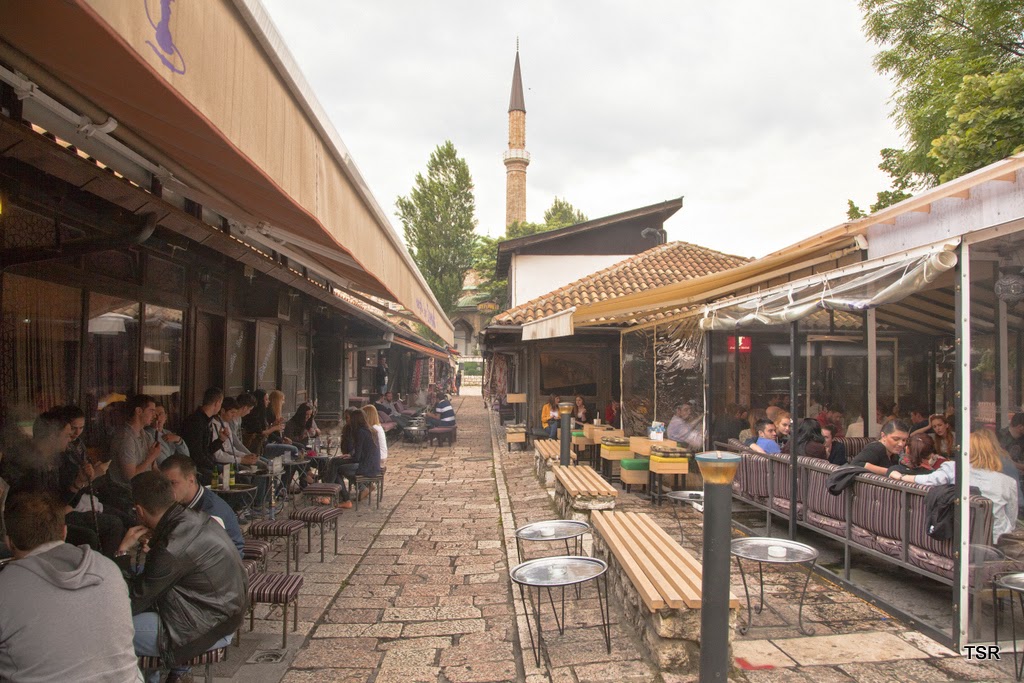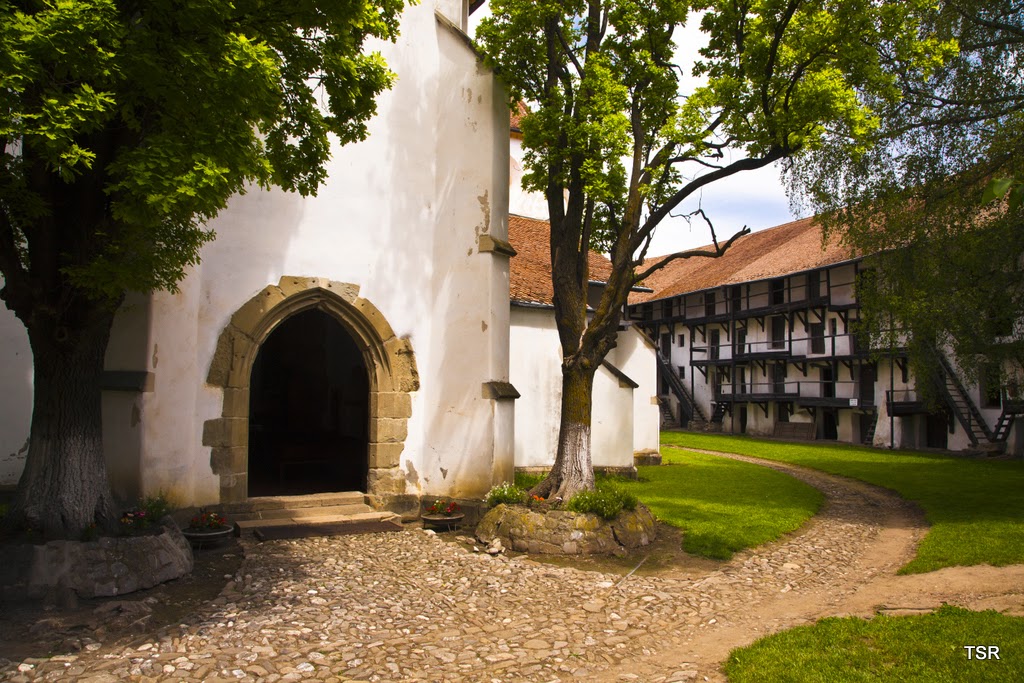Saturday, May 31
Tom got up early to take photos of Mostar without tourists and overflowing shops and then we were on the road back into Croatia.
In order to avoid post-flooding road troubles, we headed back toward the Croatian coast to travel on the modern toll road, rather than our originally planned route through the interior of the country on rural roads. The highway was modern, efficient, and ran through lovely countryside, but relatively uninteresting and monotonous compared through routes that pass through towns and villages.
We arrived in Croatia's capital, Zagreb by mid afternoon and were delighted to find that our original booking had been upgraded, so we're in a modern two-bedroom apartment in a former palace! After checking in, we walked five minutes to Jelacica Square, the town's main square and, at the tourist information office, found that we were just in time for a special walking tour being offered today in celebration of Zagreb Day. We had a great overview of this beautiful city, which in medieval times, was actually two separate hill settlements, Gradec and Kaptol, separated by a creek. With their merger in 1850, the unified city of Zagreb was born.
The city's main square is a large and busy expanse at the base of Kaptol. Just up the gently sloping hill is Kaptol Square, which is dominated by the city's cathedral. Nearby the Dolac Market was in the clean-up phase of daily operations; we'll be back to see it in full swing tomorrow. We crossed the Bloody Bridge, the traditional link (and front line during conflicts) between Kaptol and Gradec; the bridge is now a street, as the creek has been paved over.
Gradec is the site of the Stone Gate, the only surviving entrance of the original four in the old walled city. Within the gate is a shrine to Our Lady of the Stone Gate. On May 31, 1731, a fire destroyed most of Gradec, and the only part of the wooden gate to survive was the painting of the Virgin and Child; even its frame was destroyed. Popular belief credited this to a miracle and Our Lady of the Stone Gate was declared the city's patron saint; for that reason, today is celebrated as Zagreb Day, and also the feast of Our Lady of the Stone Gate. Earlier today, the painting had been moved to the cathedral, where there were Masses and other activities throughout the day, until the painting is returned.
In St. Mark's Square, the large church is joined by the parliament, other state buildings, and the city hall. Of the city's 90 museums (impressive, for a population of 700,000!), several are in Gradec, including one that must be unique in all the world -- the Museum of Broken Relationships! Interestingly enough, it's located on the same small square as the church, one of Zagreb's most popular wedding venues!
After the tour ended at the terrace in front of the medieval Lotrscak Tower, with its fine view of the Lower Town below, we walked back down to the Jelacica Square and our apartment to settle in a bit and have dinner.
Later on, when we decided to go out so that Tom could photograph the main square at night, we had no idea what a treat lay in store. As we headed toward the square, we heard singing and saw people lining the road to the cathedral holding candles. We knew immediately that it must be the formation of a procession to return the painting to the Stone Gate. Masses of people filled the cathedral and Kaptol Square, as well as the street leading to Jelacica Square. Locals in native dress were joined by more nuns and priests than we've seen anywhere other than St. Peter's Square in Rome, then came the painting, followed by the crowd; it seemed as if the entire population of the town joined the procession. The sounds of hymns that were broadcast via loudspeakers and the cathedral bells pealing for more than half an hour could be heard all over town; this was an unforgettable experience.
Talk about being in the right place at the right time, on exactly the right date!


















































